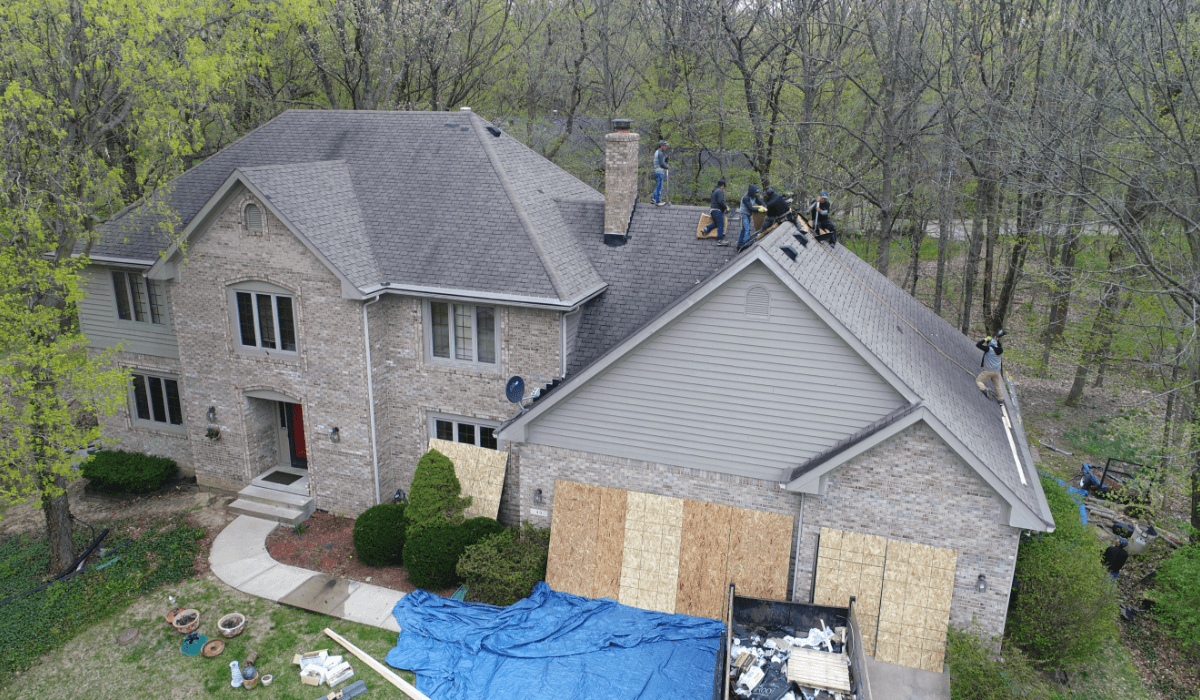Roofing repairs can be a daunting and expensive endeavor for homeowners. Fortunately, insurance claims can help alleviate the financial burden, but navigating the claims process can be a complex task. In this blog post, we'll provide you with a comprehensive guide on how to simplify insurance claims for roofing repairs, ensuring a smooth and efficient process.
- Understand Your Policy
Before diving into the claims process, it's crucial to thoroughly understand your homeowner's insurance policy. Review your policy documents, paying close attention to the coverage limits, deductibles, and any specific requirements related to roofing repairs. Knowing what your policy covers and the extent of coverage will help you make informed decisions during the claims process.
- Document the Damage
After a severe storm or any event that may have caused damage to your roof, document the damage thoroughly. Take clear photographs and videos of the affected areas from various angles. Be as detailed as possible, capturing both close-up shots and wider views to provide a comprehensive overview of the damage. This documentation will serve as essential evidence for your insurance claim.
- Contact Your Insurance Company
Once you've documented the damage, contact your insurance company promptly. It's essential to report the damage as soon as possible to expedite the claims process. Be prepared to provide all relevant information, including the date of the damage, a description of what happened, and the extent of the damage.
- Schedule an Inspection
In most cases, your insurance company will assign an adjuster to inspect the damage. Be sure to schedule this inspection at a time that works for you and the adjuster. During the inspection, provide the documentation you've gathered and be prepared to answer any questions the adjuster may have.
- Obtain Multiple Quotes
While waiting for the adjuster's assessment, it's a good idea to obtain multiple quotes from reputable roofing contractors. Having several estimates will give you a better idea of the repair costs and help you make an informed decision about which contractor to hire.
- Review the Adjuster's Assessment
Once the adjuster completes their assessment, review it carefully. Ensure that the assessment accurately reflects the extent of the damage and the repairs required. If you believe the assessment is inaccurate or incomplete, don't hesitate to communicate your concerns to your insurance company.
- File a Claim
After reviewing the adjuster's assessment and obtaining multiple quotes, you can proceed to file a claim with your insurance company. Follow their specific claims submission process, which may involve filling out forms and providing supporting documentation. Be sure to keep copies of all documents and correspondence related to your claim.
- Understand Your Deductible
Before your insurance company processes your claim, you'll need to pay your deductible. The deductible is the amount you're responsible for paying before your insurance coverage kicks in. Make sure you understand your deductible amount and have the funds available to cover it.
- Coordinate with Your Contractor
Once your claim is approved, coordinate with your chosen roofing contractor to schedule the repairs. Keep your insurance company in the loop regarding the repair schedule and any changes that may arise during the process.
- Finalize the Claim
After the repairs are completed, submit the final invoice and any required documentation to your insurance company. They will review the information and finalize the claim. Be sure to confirm the amount they will cover and any remaining out-of-pocket expenses.
Simplified insurance claims for roofing repairs start with understanding your policy, documenting damage, and following a structured process. By being proactive, providing thorough documentation, and working closely with your insurance company, you can ensure a smoother and more efficient claims process. Remember that communication and attention to detail are key to getting your roof repaired and your home protected.



